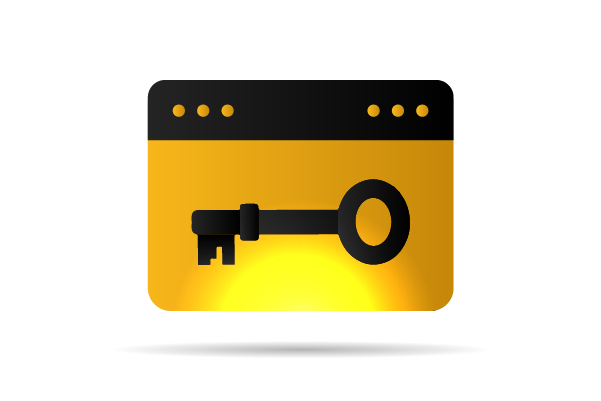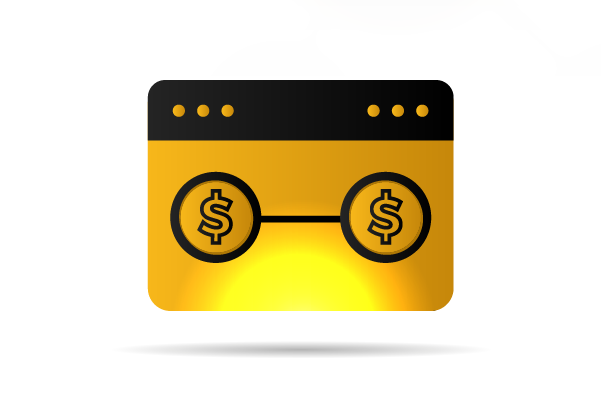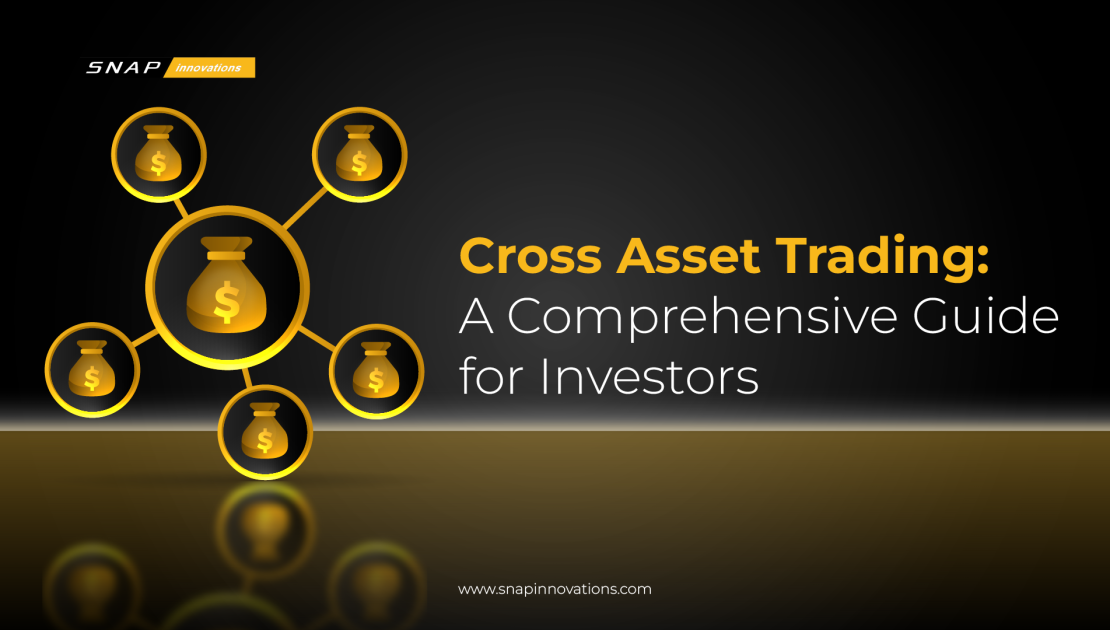Cross asset trading is a sophisticated strategy that savvy investors use to diversify their portfolios and manage risk more effectively. By trading across different asset classes, such as stocks, bonds, commodities, and currencies, investors can spread their risk and take advantage of varying market conditions. This approach helps mitigate the impact of poor performance in any single asset class, leading to more stable returns over time. Essentially, cross asset trading allows investors to navigate economic cycles with greater confidence, leveraging the strengths of different assets to offset potential weaknesses in others.
In this guide, we’ll explore the fundamentals of cross asset trading, its benefits, and practical steps to get you started. We’ll cover essential strategies like macro trading, pair trading, and relative value trading, along with key considerations such as understanding asset correlations, ensuring liquidity, and managing costs. Whether you’re new to investing or looking to refine your approach, this comprehensive guide will provide you with the knowledge and tools needed to optimize your portfolio and achieve your financial goals. Let’s dive in and unlock the potential of cross asset trading!
What is Cross Asset Trading?
 Cross asset trading involves the simultaneous trading of multiple asset classes, such as stocks, bonds, commodities, and currencies. This approach allows investors to diversify their portfolios beyond traditional boundaries, spreading risk across different markets and instruments. By balancing the performance of various assets, investors aim to achieve more stable returns and potentially enhance overall portfolio performance.
Cross asset trading involves the simultaneous trading of multiple asset classes, such as stocks, bonds, commodities, and currencies. This approach allows investors to diversify their portfolios beyond traditional boundaries, spreading risk across different markets and instruments. By balancing the performance of various assets, investors aim to achieve more stable returns and potentially enhance overall portfolio performance.
This strategy requires sophisticated analysis and understanding of each asset class, as well as the interplay between them. Traders employing cross asset trading may use a variety of techniques, including correlation analysis, to identify opportunities and manage risk effectively. Additionally, cross asset trading can provide insights into broader market trends and dynamics, as movements in one asset class may impact others, offering opportunities for arbitrage or hedging strategies.
Why Cross Asset Trading?
- Diversification: Spreads risk across various asset classes.
- Opportunities: Capitalizes on different market conditions.
- Risk Management: Balances volatile assets with more stable ones.
- Flexibility: Adapts to changing economic cycles and market trends.
Getting Started with Cross Asset Trading
 To begin cross asset trading, follow these steps:
To begin cross asset trading, follow these steps:
Understand Your Investment Goals: Before diving into cross asset trading, it’s crucial to have a clear understanding of your investment objectives. Determine your financial goals, risk tolerance, and time horizon. Are you aiming for long-term growth, income generation, or capital preservation? Understanding these factors will help shape your cross asset trading strategy.
Research and Education: Cross asset trading requires knowledge of multiple asset classes and their market dynamics. Take the time to research and educate yourself on stocks, bonds, commodities, currencies, and any other asset classes you plan to trade. Understand the factors that drive each market, including economic indicators, geopolitical events, and supply-demand dynamics.
Develop a Strategy: Once you have a solid understanding of your investment goals and the various asset classes, develop a trading plan. Your plan should outline your asset allocation strategy, including how much capital you’ll allocate to each asset class. Define clear entry and exit points for your trades, as well as risk management techniques to protect your capital.
Read More: 7 Best Stablecoins in the Crypto Market for 2024
Choose a Reliable Platform: Selecting the right trading platform is essential for executing cross asset trades effectively. Look for a platform that offers access to multiple asset classes, including stocks, bonds, commodities, and currencies. Ensure the platform provides robust analytical tools for conducting research, analyzing market trends, and monitoring your portfolio.
Monitor and Adjust: Cross asset trading requires ongoing monitoring and adjustment to stay aligned with your investment goals. Regularly review your portfolio’s performance and make adjustments as needed based on changes in market conditions, economic outlook, and your own financial situation. Stay disciplined and stick to your trading plan, but be flexible enough to adapt to evolving market dynamics.
By following these steps, you can lay the foundation for successful cross asset trading and work towards achieving your financial objectives with a diversified portfolio.
Strategies for Cross Asset Trading

- Macro Trading: Focuses on economic trends and global events to make investment decisions.
- Pair Trading: Involves taking opposing positions in related assets to hedge risks.
- Relative Value Trading: Identifies discrepancies in the pricing of similar assets to exploit arbitrage opportunities.
Macro Trading
Macro trading is a strategy that focuses on global economic trends and events to guide investment decisions. This approach involves analyzing macroeconomic indicators such as GDP growth, inflation rates, and central bank policies. By understanding these broader economic factors, investors can anticipate market movements and identify profitable opportunities.
Key Elements of Macro Trading
- Economic Indicators: Pay attention to key economic data releases, such as employment reports, inflation data, and GDP growth figures.
- Global Events: Monitor geopolitical events, trade negotiations, and policy changes that could impact financial markets.
- Currency Movements: Analyze the impact of economic trends on currency exchange rates.
Pair Trading
Pair trading is a market-neutral strategy that involves taking simultaneous long and short positions in two related assets. The goal is to profit from the relative performance of the two assets, regardless of the overall market direction. By hedging positions, investors can reduce risk and capitalize on price discrepancies.
Key Elements of Pair Trading
- Correlation Analysis: Identify pairs of assets with strong historical correlations.
- Entry and Exit Points: Determine optimal points to enter and exit trades based on statistical analysis.
- Risk Management: Use stop-loss orders and position sizing to manage risk.
Relative Value Trading
Relative value trading seeks to exploit price discrepancies between related assets. This strategy involves comparing the valuations of similar assets and identifying opportunities for arbitrage. By taking advantage of these mispricings, investors can generate profits with minimal market risk.
Key Elements of Relative Value Trading
- Valuation Analysis: Assess the relative valuations of similar assets using fundamental analysis.
- Arbitrage Opportunities: Identify and act on temporary price discrepancies between related assets.
- Market Efficiency: Understand the factors that contribute to market inefficiencies and how to exploit them.
Key Considerations in Cross Asset Trading
In cross asset trading, mastering key considerations is vital for success. Asset allocation, correlation analysis, liquidity management, and technological infrastructure are pivotal. Understanding these factors allows traders to navigate complex markets adeptly, optimizing risk management and capitalizing on opportunities.
Correlation and Diversification
Understanding the correlation between different asset classes is crucial for effective cross asset trading. Correlation measures how the prices of two assets move in relation to each other. Assets can have positive correlation (moving in the same direction), negative correlation (moving in opposite directions), or no correlation at all.
Key Points:
- Positive Correlation: Assets like stocks and corporate bonds tend to move together in response to economic growth.
- Negative Correlation: Assets such as stocks and government bonds often move inversely, providing a hedge against market downturns.
- No Correlation: Commodities and real estate may not be directly influenced by the same factors affecting stocks and bonds, offering additional diversification benefits.
By combining assets with varying correlations, investors can reduce portfolio volatility and improve risk-adjusted returns.
Liquidity
Liquidity refers to the ease with which an asset can be bought or sold without affecting its price. Highly liquid assets can be traded quickly and at low cost, making them ideal for cross asset trading.
Key Points:
- Market Depth: Ensure there is sufficient market depth for the assets you trade to avoid large price swings.
- Trading Volume: Higher trading volumes typically indicate better liquidity.
- Bid-Ask Spread: A narrow bid-ask spread suggests a liquid market, while a wide spread indicates lower liquidity.
Costs and Fees
Trading multiple asset classes can incur various costs, including transaction fees, management fees, and taxes. It’s essential to factor these costs into your trading strategy to ensure they do not erode your profits.
Key Points:
- Transaction Costs: Consider the costs associated with buying and selling assets, including brokerage fees and commissions.
- Management Fees: Be aware of any fees charged by fund managers or trading platforms.
- Tax Implications: Understand the tax treatment of different asset classes and how it impacts your overall returns.
Advanced Strategies in Cross Asset Trading
As investors seek to navigate increasingly complex financial markets, mastering advanced strategies in cross asset trading has become essential for achieving competitive advantage and optimizing portfolio performance.
Quantitative Trading
Quantitative trading involves using mathematical models and algorithms to identify trading opportunities. This approach relies on statistical analysis and historical data to develop trading strategies that can be executed automatically.
Key Elements:
- Algorithm Development: Create algorithms based on historical data and predictive models.
- Backtesting: Test your strategies against historical data to evaluate their performance.
- Execution: Use automated systems to execute trades based on your algorithms.
Event-Driven Trading
Event-driven trading focuses on capitalizing on market inefficiencies caused by specific events, such as earnings reports, mergers and acquisitions, or regulatory changes. This strategy requires staying informed about upcoming events and their potential impact on asset prices.
Key Elements:
- Event Monitoring: Keep track of corporate announcements, economic data releases, and geopolitical developments.
- Impact Analysis: Assess how these events might influence the prices of different asset classes.
- Timing: Enter and exit trades based on the anticipated impact of the events.
Multi-Asset Portfolio Optimization
Multi-asset portfolio optimization involves constructing a portfolio that maximizes returns for a given level of risk. This strategy uses advanced mathematical techniques to determine the optimal asset allocation.
Key Elements:
- Risk Assessment: Evaluate the risk profile of each asset class.
- Optimization Models: Use models such as mean-variance optimization or the Black-Litterman model to determine the ideal asset mix.
- Rebalancing: Regularly adjust your portfolio to maintain the optimal asset allocation.
Tools and Platforms for Cross Asset Trading
To succeed in cross asset trading, it’s essential to use robust tools and platforms that provide access to multiple asset classes and advanced analytical capabilities. Here are some features to look for:
- Multi-Asset Platforms: Choose platforms that offer trading in stocks, bonds, commodities, currencies, and other asset classes.
- Analytical Tools: Look for platforms with advanced charting, technical analysis tools, and fundamental data.
- Research and News: Access to real-time news and research reports can help you stay informed about market developments.
- Risk Management Tools: Use tools that allow you to set stop-loss orders, manage margin, and monitor portfolio risk.
Case Studies in Cross Asset Trading
Exploring real-world examples of cross asset trading illuminates the practical application of strategies and principles. Through case studies, we examine how investors navigate diverse market conditions, leveraging asset allocation, correlation analysis, and risk management to achieve their financial objectives. These studies provide valuable insights into the decision-making processes and outcomes of cross asset trading, offering valuable lessons for traders seeking to enhance their understanding and proficiency in this dynamic field.
Case Study 1: Navigating the 2008 Financial Crisis
During the 2008 financial crisis, many investors suffered significant losses due to the collapse of the housing market and the subsequent stock market crash. However, those engaged in cross asset trading had a better chance of mitigating these losses.
- Strategy: Diversifying across asset classes such as government bonds, gold, and cash equivalents provided a hedge against the declining equity markets.
- Outcome: Investors who rebalanced their portfolios and increased their allocations to safer assets managed to preserve capital and even achieve modest gains during the crisis.
Read More: 10 Best Trade Surveillance Software in 2024
Case Study 2: Capitalizing on the 2020 COVID-19 Pandemic
The COVID-19 pandemic caused unprecedented market volatility, presenting both challenges and opportunities for investors.
- Strategy: Cross asset traders took advantage of the initial market sell-off by investing in technology stocks, which benefited from the shift to remote work and digital services. Simultaneously, they hedged against ongoing uncertainty by holding gold and high-quality bonds.
- Outcome: By balancing risk and opportunity across different asset classes, these traders achieved significant returns despite the market turmoil.
Conclusion
Cross asset trading offers a powerful way to diversify your portfolio, manage risk, and capitalize on various market conditions. By understanding the fundamentals, developing a robust strategy, and using advanced tools, you can navigate the complexities of financial markets more effectively.
Whether you’re an experienced investor looking to enhance your trading approach or a novice eager to learn, cross asset trading provides valuable opportunities for growth and stability. Remember, continuous learning and adaptation are key to success in this dynamic field.
Are you ready to embark on your cross asset trading journey? Equip yourself with knowledge, stay informed, and be prepared to seize opportunities as they arise. Happy trading!

